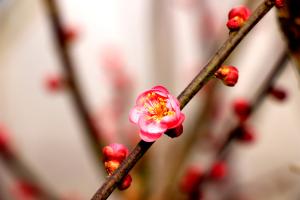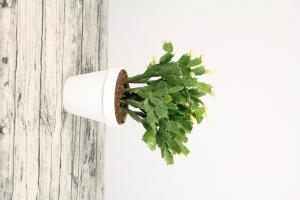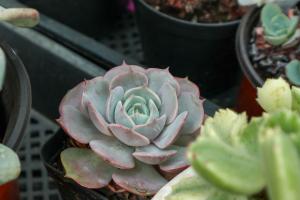Introduction
Pruning your container tomato plant is an essential gardening task that helps to promote healthy plant growth and increase yield. When it comes to pruning, there are different approaches, and it can be confusing for beginners to decide which one to use.
In this article, we will explore various techniques and give you all the information you need to prune your container tomato plant effectively.
Why is Pruning Necessary?
Pruning container tomato plants is essential for several reasons:
It helps to remove damaged, diseased, or dead plant parts, which can hinder plant growth or spread diseases to other parts of the plant
It promotes the growth of strong, healthy stems by removing weak or thin ones
It helps to control the size and shape of the plant, which is essential for container gardening
It increases yield by encouraging the plant to focus its energy on developing fruits instead of foliage
When to Prune Your Container Tomato Plant?
The best time to prune your container tomato plant is when it is still young and small, preferably when it is about 12 to 18 inches tall. At this stage, the plant's stem is still tender and easy to manipulate, making it easier to train the plant into the desired shape.
However, if you missed pruning your container tomato plant when it was young, you could still prune it at any time during the growing season. The only difference is that mature plants require more careful pruning, so it may take more time and effort.
How to Prune Your Container Tomato Plant?
There are various techniques for pruning container tomato plants, but the most common are:
Pinching
This is the simplest technique and involves removing the top of the stem, leaving two leaves at the top. This technique helps to control the height of the plant and promote lateral growth, which results in more fruits. Once the plant has reached the desired height, you can also pinch off the tips of the lateral branches to encourage more fruit development.
Removing Suckers
Suckers are the small shoots that grow between the stem and the branches of the tomato plant. They compete for nutrients with the main stem and can hinder growth and fruit production. To remove suckers, use a sharp pair of scissors or gardening shears to cut them off when they are still small, before they develop into branches. Leaving large suckers can also lead to open wounds, which can become entry points for diseases.
Removing Lower Leaves
Another technique is to remove the lower leaves of the plant as it grows. This helps to improve air circulation and sunlight penetration to the lower parts of the plant, which can aid in the prevention of diseases. However, it is essential not to remove too many leaves as they are also vital in photosynthesis, a process that produces energy for the plant.
Tips for Pruning Your Container Tomato Plant
Here are some tips to ensure that you prune your container tomato plant effectively:
Always use clean, sharp pruning tools to prevent the spread of diseases
Prune your plant during the cool hours of the day to prevent stress on the plant
Do not remove more than one-third of the plant at a time as this can cause shock and hinder growth
Monitor your plant's growth regularly and adjust your pruning techniques according to its needs
Conclusion
Pruning your container tomato plant may seem like a daunting task, but with the right techniques and knowledge, it can be a relatively easy process. Remember that each plant is unique, and it is essential to tailor your pruning techniques to suit its needs.
By following the tips in this article and regularly monitoring your plant, you can enjoy a healthy, fruitful tomato plant that will brighten up your container garden.

 how many times do yo...
how many times do yo... how many planted tre...
how many planted tre... how many pine trees ...
how many pine trees ... how many pecan trees...
how many pecan trees... how many plants comp...
how many plants comp... how many plants can ...
how many plants can ... how many plants and ...
how many plants and ... how many pepper plan...
how many pepper plan...































